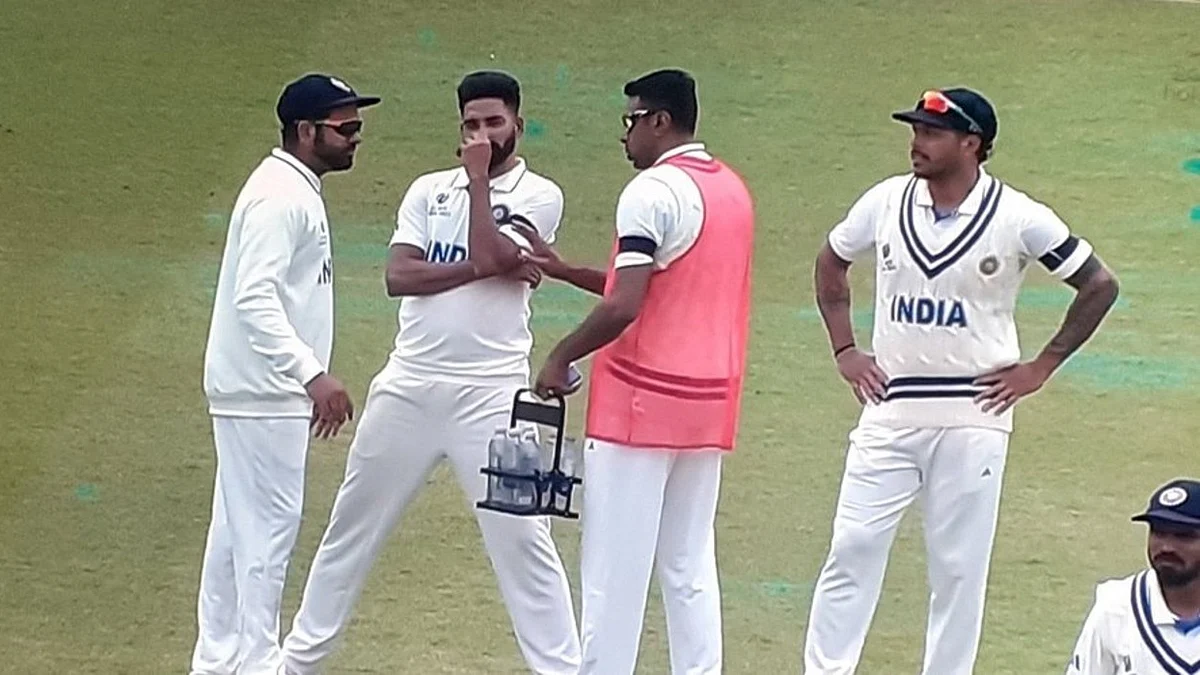WTC Final: Was keeping Ashwin out of XI the only problem for India?
There was nothing really wrong in India opting to bowl to maximise the advantage of the green tinge on the wicket and heavy conditions

The morning after the Australian counterattack from centurion Travis Head and Steve Smith on Day I of the World Test Championship (WTC) final at The Oval, there are enough doubts on whether India has made a tactical mistake by going into the Test with four seamers. No prizes for guessing one is talking about the absence of Ravi Ashwin in the playing XI, but would it have solved all of India’s woes?
There is still plenty of cricket to be played in this winner-takes-all game, and it remains to be seen if both Ashwin (in place of Umesh Yadav) and Ravindra Jadeja would have been the perfect combination. However, the inept bowling of the available resources, along with some poor strategy on the part of captain Rohit Sharma certainly had the Aussies seizing the day by the scruff of it’s neck.
There was nothing really wrong in India opting to bowl to maximise the advantage of the green tinge on the wicket and heavy conditions, and things looked promising for them when Mohammed Shami got rid of anchorman Marnus Labuschagne to reduce Australia to 76 for three.
Head, then new to the crease, had acquitted himself well as an aggressive No.5 in the current WTC cycle but with a known weakness against the short-pitched stuff. Instead of keeping the pressure on him with a predominantly leg-side field and unleashing Mohammed Siraj on him, it was an off-form Yadav and Shardul Thakur who let the initiative slip by giving width on either side of the wicket — allowing the pair to consolidate their stay at the wicket.
When the short weapon was introduced after tea, a Siraj delivery struck Head on the helmet but by the time, he was already in his nineties. The persistence with Yadav, now 35, who did not even figure in the playing XI for KKR in IPL after an injury was misplaced — and it was a clearly a case of swap for Ashwin. Thakur may have done a decent job in holding one end up, but it was not for anything that the name of Hardik Pandya was floating around in the commentary box as a more potent alternative.
Rohit’s captaincy, if truth be told, was not inspirational. In what was his first Test overseas as captain, his body language was far from positive against pressure and he looked at a loss with no ‘Plan B’ at his disposal. Now that India is stuck with this bowling combination, it’s up to him to try and make things happen — rather than waiting for the batsmen to make mistakes.
Come to think about it, even the Aussies have come into the WTC final with a 4-1 attack (skipper Pat Cummins, Mitchell Starc, Scot Boland and allrounder Cameroon Green with Nathan Lyon as the lone spinner), but they have a number of top-order batters (Labuschagne and Smith) who can act as their slow bowling options.
There was a time — not so long ago for India — when Sachin Tendulkar willingly took such a responsibility with his leg spin to act as a partnership-breaker. Even Sourav Ganguly did the same, but such experiments don’t seem to be in vogue anymore!
Follow us on: Facebook, Twitter, Google News, Instagram
Join our official telegram channel (@nationalherald) and stay updated with the latest headlines